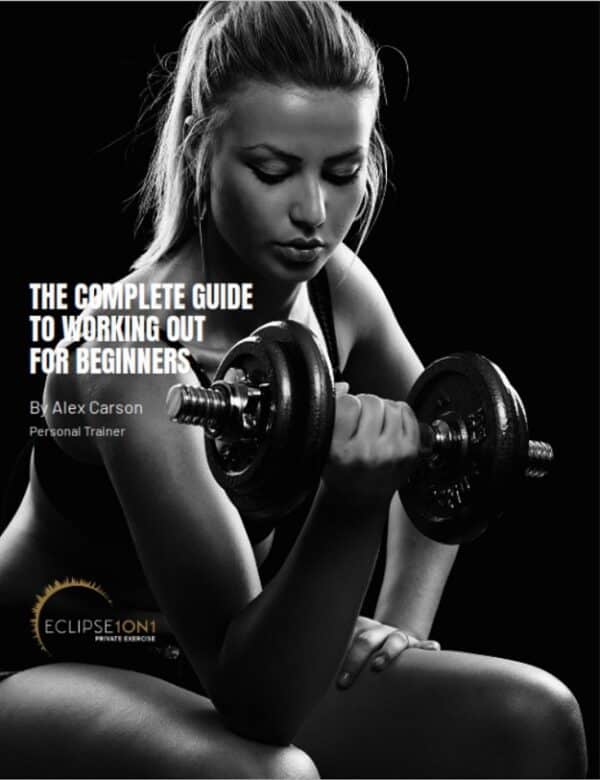Why Tracking Your Fitness Journey is Important
Why Tracking Your Fitness Journey is Important
Want to know how to bring clarity and new energy to your workouts? Track your fitness journey.
If you feel stuck in your workout routine or are wondering why you are not progressing toward your fitness goal as fast as you would like, then the answer may be in tracking your workout routine. Keeping an eye on your workouts over time can reveal trends and habits you might have missed and show where you can make adjustments that increase or quicken the progress you want to see. Read on to learn more about how monitoring your workout regime can quicken your results.
Don’t Get Confused
Don’t confuse a fitness tracker with tracking your fitness. Fitness trackers can give you valuable information, such as the number of steps you’ve taken, your heart rate during exercise and at rest, and the quality of sleep you’re getting, but tracking your fitness means more than looking at real-time numbers. Fitness tracking takes place over an extended period and can show slumps, weight gain or loss, and commitment struggles. Differences in these markers over three weeks or more are considered trends and can shed light on how best to alter your workout for the best results.
Tracking isn’t just about wearing a fitness band or recording the amount of weight you lift; it can also involve measuring your body to monitor progress. Muscle is leaner and heavier than fat, so measuring your legs, waist, torso, and arms can show a reduction of inches and therefore an increase in muscle over time.
Track Both Short-Term and Long-Term Results
Short-term tracking can measure progress in a matter of weeks. This kind of monitoring makes it easy to see immediate results clearly and gain momentum to keep returning to the gym. Analysis will help you stay motivated as you can see the positive changes happening to your fitness levels on a real-time basis.
Long-term examinations can help you gain insight into your exercise journey and see plateaus and trends in your progress. They can help keep your focus on your long-term goals, predict upcoming challenges, and prepare for them. Do you get caught up in changes and lose sight of your original goal? Tracking progress also helps remind you why you got in it in the first place.
Long-term monitoring over months or years can show slumps, injuries, recovery time, struggles, and more. It can also remind you of the progress and commitment made over months and even years. While you might have some short-term goals – such as running in a road race or preparing for a particular event – reminding yourself of your fitness level when you started can be a big boost to your motivation to keep going.
The Best Way is Your Way
Is there a best way to track progress? The best way to track your workout and fitness journey is to choose a way you can easily manage and shows you the information you need. Setting yourself up for success with a plan that’s easy to follow and record is key. This may be a combination of a fitness tracker and taking measurements or going old school and keeping a handwritten journal with photos. There are also several apps and online fitness challenges available.
Not sure how to read your trends? Ask a trainer. Fitness trainers can help you monitor your numbers, read them, and identify where you can make improvements and see better results. Perhaps you need more frequent rest and recovery time, to increase weights or distance at a different rate, or switch the type of exercise you do to challenge different muscles.








